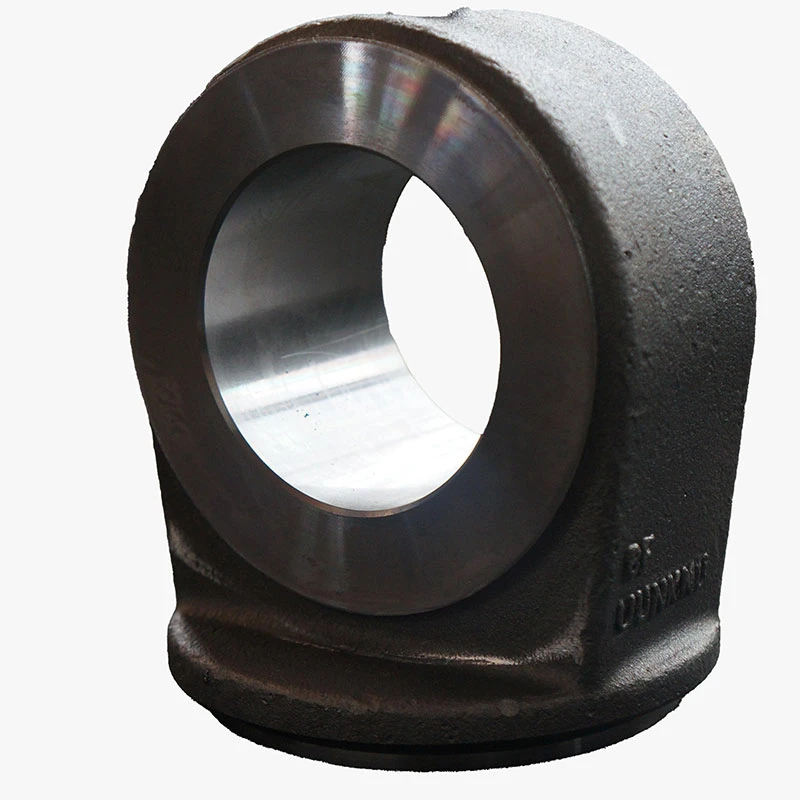Metal Stamping Techniques for Enhanced Durability in Automotive Manufacturing
The Role of Metal Stamping in the Motor Vehicle Industry
Metal stamping plays an essential role in the manufacturing of motor vehicles, serving as a foundational process that shapes and assembles various components. The automotive industry is characterized by complexity and precision, where the need for reliable and efficient production methods is paramount. This article explores the importance of metal stamping within this sector, its processes, applications, and the advancements that continue to shape its future.
Understanding Metal Stamping
Metal stamping involves various techniques used to convert flat metal sheets into shaped parts through the use of dies and stamping presses. This process includes operations such as punching, bending, drawing, and embossing. These methods ensure that the parts are not only formed to the desired specifications but also retain the strength and durability needed for automotive applications.
The motor vehicle industry relies heavily on metal stamping for the production of a wide range of components, including body panels, brackets, chassis parts, and structural components. The ability to produce these parts accurately and efficiently helps manufacturers maintain quality while reducing overall costs.
Applications in Motor Vehicle Production
In the realm of automotive manufacturing, metal stamping is utilized in various applications
1. Body Panels The outer shell of vehicles is primarily made using stamped metal parts. Components such as doors, hoods, and fenders are typically produced through stamping processes, which allow for high-volume production with consistent quality.
2. Structural Components Stamped parts are essential for ensuring the structural integrity of vehicles. Frame components and support structures that are subjected to various stresses during operation are often created through metal stamping, ensuring strength and predictability.
3. Interior Elements Metal stamping is also used in the production of interior components such as brackets for seats, dash panels, and even parts of the seatbelt systems. These components require both accuracy and reliability, aspects that metal stamping excels in providing.
4. Chassis Parts Stamped parts are crucial for the chassis of vehicles, contributing to the overall performance and safety. Functions like suspension systems, cross members, and reinforcement plates are often manufactured via stamping processes.
motor vehicle metal stamping

Advantages of Metal Stamping
The attractiveness of metal stamping in the automotive sector can be attributed to several advantages
- Cost Efficiency Once the initial investment in tooling is made, metal stamping can produce parts at a significantly lower cost per unit, particularly in high-volume production settings. This efficiency is a critical consideration for automotive manufacturers looking to optimize their production lines.
- Speed Stamping processes are rapid, allowing for the production of thousands of parts per day. This speed is invaluable in meeting the fast-paced demands of the automotive industry, where time-to-market can dictate competitive advantage.
- Precision and Consistency Metal stamping delivers high precision, ensuring that parts are manufactured to exact specifications repeatedly. This consistency is vital in the automotive industry, where even minor variations can lead to significant quality issues.
- Material Versatility A variety of metals can be stamped, including steel, aluminum, brass, and others. This versatility enables manufacturers to select appropriate materials based on performance requirements and cost considerations.
Innovations in Metal Stamping
As technology continues to evolve, so too does the field of metal stamping. Innovations such as computer-aided design (CAD) and computer-aided manufacturing (CAM) are increasingly employed to enhance the design and production processes. These technologies enable manufacturers to create complex shapes with greater accuracy and less material waste.
Additionally, advancements in automation and robotics are transforming the stamping industry, improving efficiency, safety, and the overall flexibility of production lines. Smart factories equipped with Industry 4.0 technologies provide real-time data feedback, enabling continuous optimization of stamping processes.
Conclusion
Metal stamping is a critical pillar of the motor vehicle manufacturing industry, providing the necessary components that ensure vehicles are safe, reliable, and efficient. Its advantages in terms of cost, speed, and precision make it an indispensable technique. As the automotive landscape continues to evolve, driven by technological advancements and changing consumer demands, metal stamping will undoubtedly play a pivotal role in shaping the future of motor vehicle production. The continuous refinement of stamping processes and innovations promises to enhance its effectiveness, ensuring it remains a central part of automotive manufacturing for years to come.
-
Precision Casting AI Solution with GPT-4-Turbo | Optimized QualityNewsAug.02,2025
-
Precision Sheet Metal Stamping Manufacturer | Fast & ReliableNewsAug.01,2025
-
OEM Sand Cast Pump Valve Fittings - Baoding Hairun Machinery And Equipment Trading Co., Ltd.NewsAug.01,2025
-
Custom OEM Impellers | High Efficiency & PrecisionNewsAug.01,2025
-
OEM Sand Cast Pump Valve Fittings - Baoding Hairun Machinery | Customization, Quality AssuranceNewsAug.01,2025
-
OEM Sand Cast Pump Valve Fittings - Baoding Hairun Machinery And Equipment Trading Co., Ltd.NewsAug.01,2025















